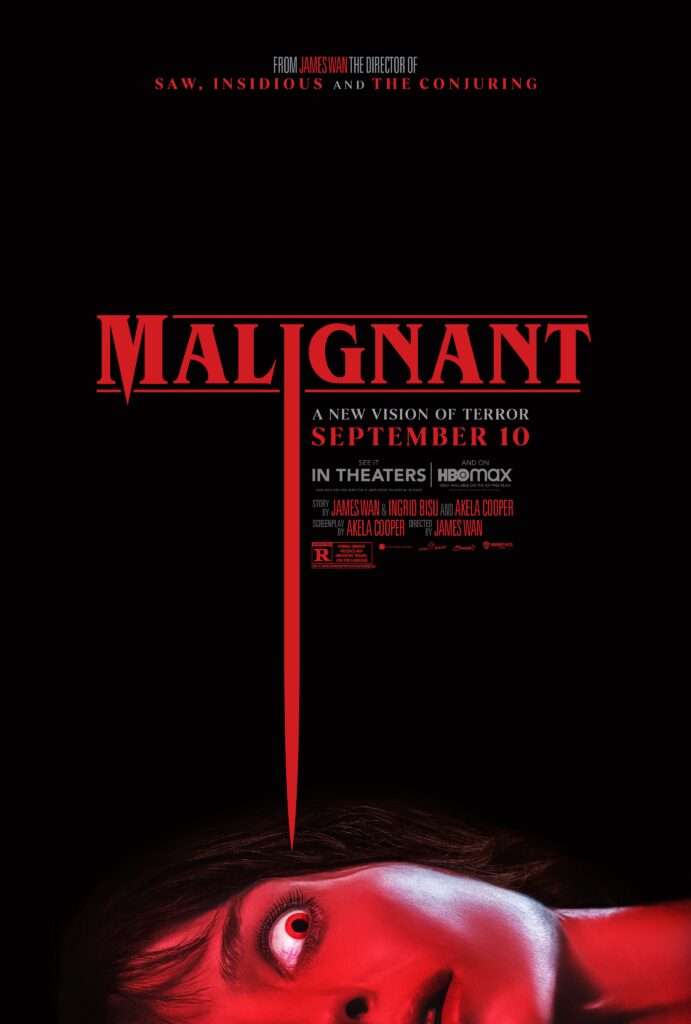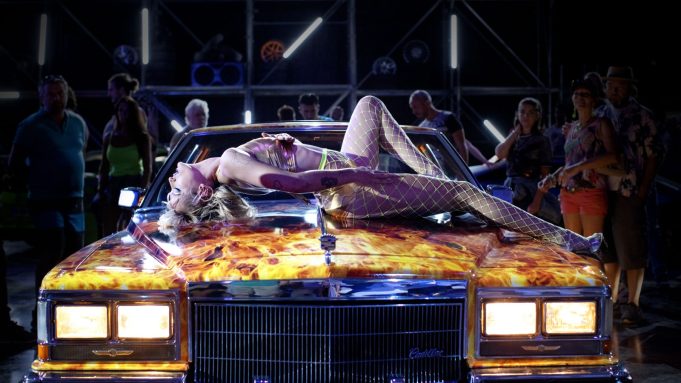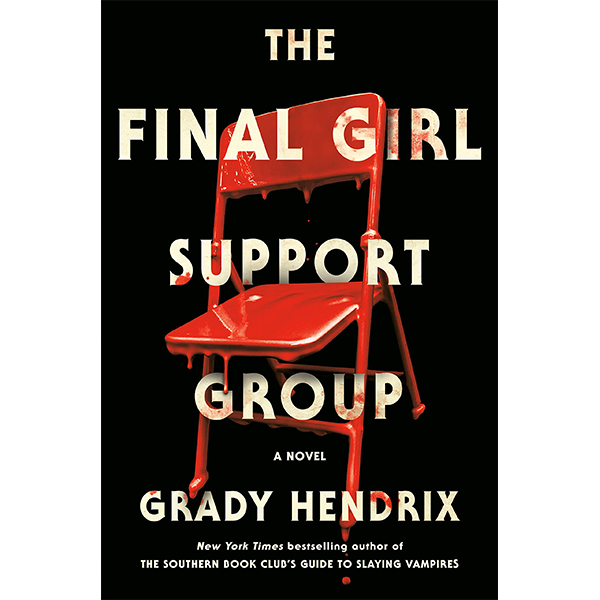
In no particular order here is our favourite films of 2021, from film festival premieres to big screen releases its been a great year for independent releases!
1- Psycho Goreman (Directed by Steven Kostanski)
Siblings Mimi (Nita-Josee Hanna) and Luke (Owen Myre) discover a glowing crystal whilst digging in their garden, in doing so they unknowingly resurrect PG, an ancient Alien creature who threatens to destroy the entire world.
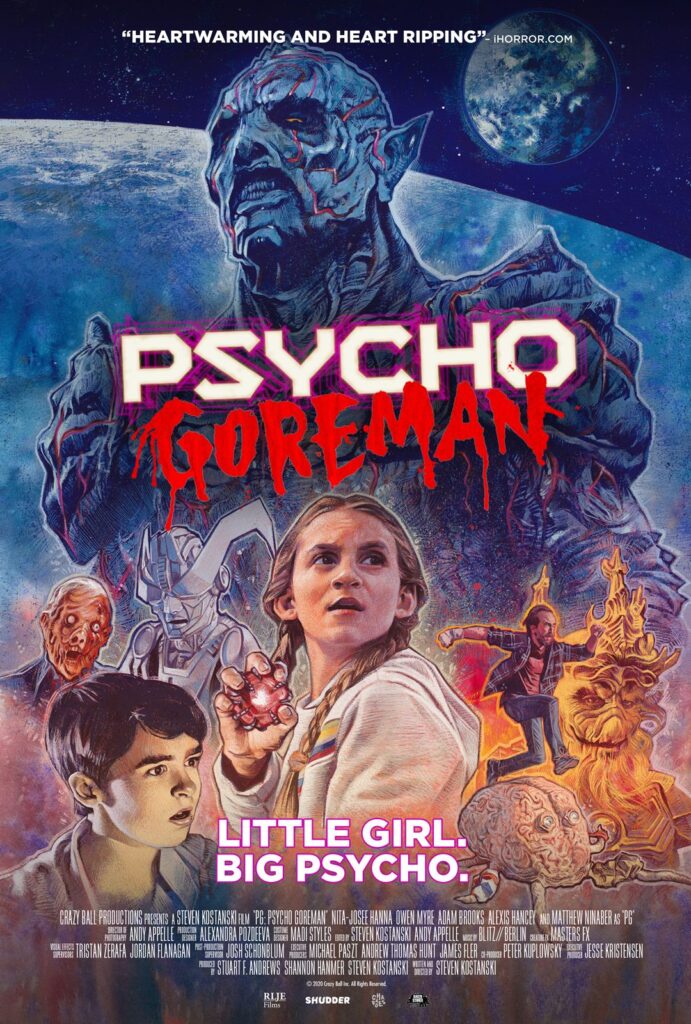
Psycho Goreman is simultaneously wacky, wild and witty, as Steven Kostanski delivers a vivacious love letter to classic 1980s B-movies. The film is brimming with impressive effects. PG’s design is practically flawless, as his extraterrestrial demonic exterior oozes a textured glow that stands alongside fellow horror movie monsters such as Hellraiser’s Cenobites and The Toxic Avenger himself.
The gory aesthetics washed across the film is a blast to watch, but the whopping effects are not the only punch packed. Plenty of savage dark humour is sprinkled throughout, creating many laugh out loud moments. The majority of the absurd comedy comes from Mimi, who is both extremely well written and entirely hilarious without coming across as immature and clumsy. Mimi’s quick comedic timing nails the scene, with one of the most memorable moments coming from Mimi, Luke, and PG’s garage band session where the film is interrupted by a two-minute song and dance break. And this is precisely why Psycho Goreman is entirely ludicrous, yet so very entertaining – it simply doesn’t take itself too seriously.
You can check out our full review here.
2- The Night House (Directed by David Bruckner)
Beth (Rebecca Hall) is grieving the death of her husband Owen (Evan Jonigkeit) after he suddenly commits suicide. Whilst searching for answers as to why he killed himself she unearths a sinister secret.

The Night House brews a slow, moody horror that ignites a melancholic spark to provoke intense sensations of dread and foreboding angst. David Bruckner demands the audience’s devout attention. The Night House delivers its terror through employing staggering reveals and bountiful metaphors, the film simply grasps us from the outset without becoming overbearing. The overarching significance of Beth’s journey becomes more and more suffocating as the sinister understanding of Owen’s death is revealed. Hall’s acting has to be one of the most exemplary performances throughout any film of the year, her devotion to transcending into an unhinged, morose woman stricken with heartache is unbelievably moving.
The Night House is an outstanding entry into the world of horror, but beyond everything, the focal point of the praise emerges from Bruckner’s handling of death. The film wields a mirror technique that forces the viewer to look at their own understanding of grief, and how it would feel to actually experience a tragedy so deep that you forget the reality that resided beforehand.
3- Wyvern Hill (Directed by Jonathan Zaurin)
Beth (Pat Garrett) has begun to show early signs of alzheimer’s, leading to her daughter and son-in-law taking her in. However after their move to an old house on Wyvern Hill her symptoms begin to worsen as she loses her grip on reality.
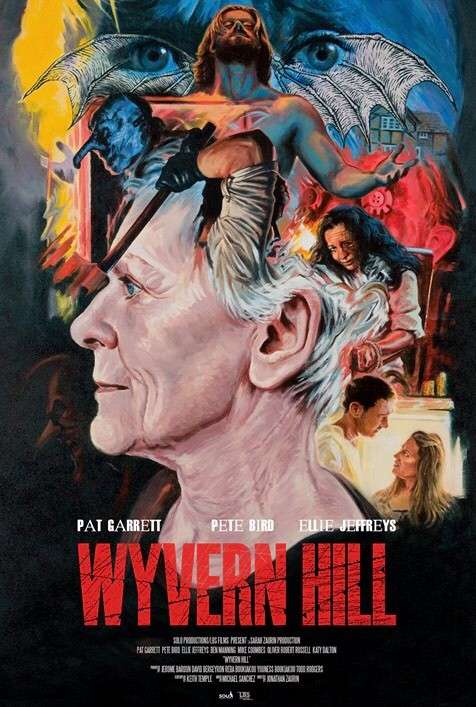
Wyvern Hill is a haunting portrayal of personal grief through an entwined tale of uncertainty, lingering memories, and the decay of reality. Director Jonathan Zaurin, joined with writer Keith Temple, constructs a deeply haunting narrative that lingers with the viewer long after watching, in response to the strangely cathartic world built throughout the film. Whilst the reliance of emotions and diminishing identity is important to the heart of Wyvern Hill, the film has a brutally callous edge that is not afraid to pull out all the gory stops to ensure that we will not forget it for a long time. The viewer is continuously pushed and pulled in every direction, mainly thanks to Zaurin and Temple’s deceptive motives; Beth’s perspective is not entirely meant to be trusted, with the disturbing visions she’s experiencing both confusing and alluring us into her eerie state of mind. This avoidance of settling into a formulaic plot shoves the film onto another level that many other horror’s wouldn’t even dare to go, making Wyvern Hill a film not to be missed.
Premiered at the 2021 festival and winner of ‘Best feature’, you can check out our full review here.
4- Censor (Directed by Prano Bailey Bond)
Enid (Niamh Algar), a particularly cautious film censor, views a heinous video nasty, inspiring her to embark on a journey to unravel what happened to her missing sister all those years ago.
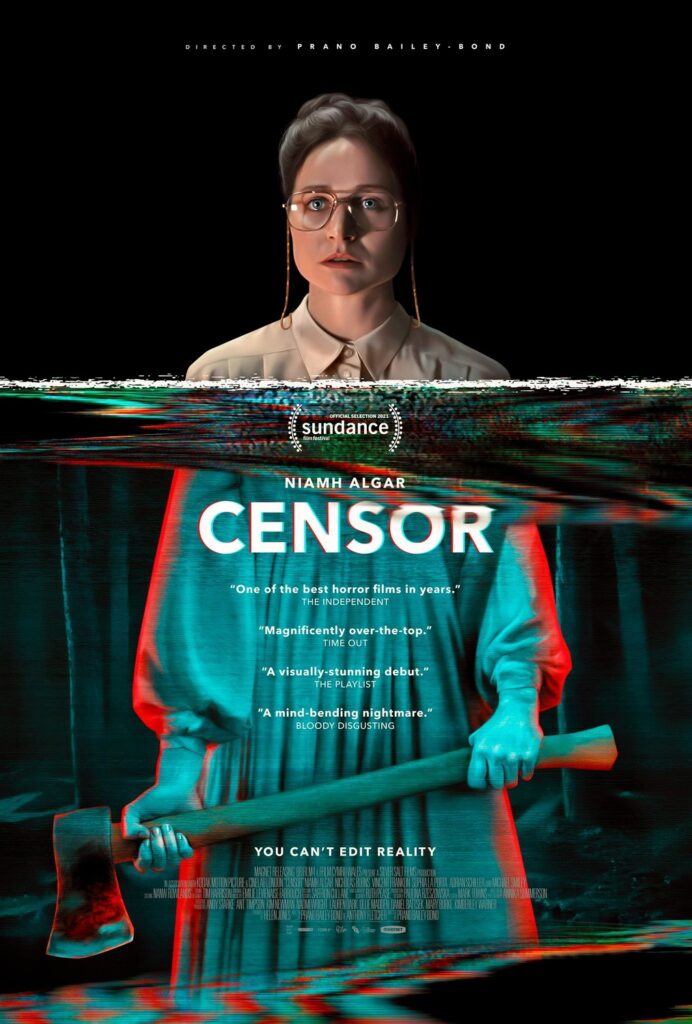
Censor births a retelling of the systemic delusions that were formed under the video nasty movement in 1980s Britain. This rise in hatred saw horror films being ripped to shreds by the media in a contradicting moral panic where literal laws were put in place to prevent the ‘innocent’ from getting ahold of so-called filth. Despite this movement being notoriously documented, not many filmmakers set out to taunt horror’s biggest scandal… Well, that was the case until Prano Bailey-Bond created Censor. The film devotes itself entirely to rarefied horror, with Bailey-Bond’s esoteric treatment of enticing panic alongside contemporary commentary forcing a stirring rendition of cinematic history. Provocative digs at film classification are rife throughout the film, with the various nods to the ridiculous rules even provoking the odd chuckle out of the viewer. But, the most dominating factor is the harrowing subplot that is explored. The feeling of loss experienced by Enid worms its way through the film’s emotional undertone, allowing the viewer to become lost in grief alongside Enid, creating a frightening account of moral turmoil.
You can check out our review here.
5- Zomblogalypse (DIrected by Hannah Bungard, Tony Hipwell & Miles Watts)
Zomblogalypse follows three rather amateurish survivors of a zombie apocalypse that destroyed life as we know it. To counteract the inevitable boredom that surrounds complete isolation they maintain a video blog to tell their story.
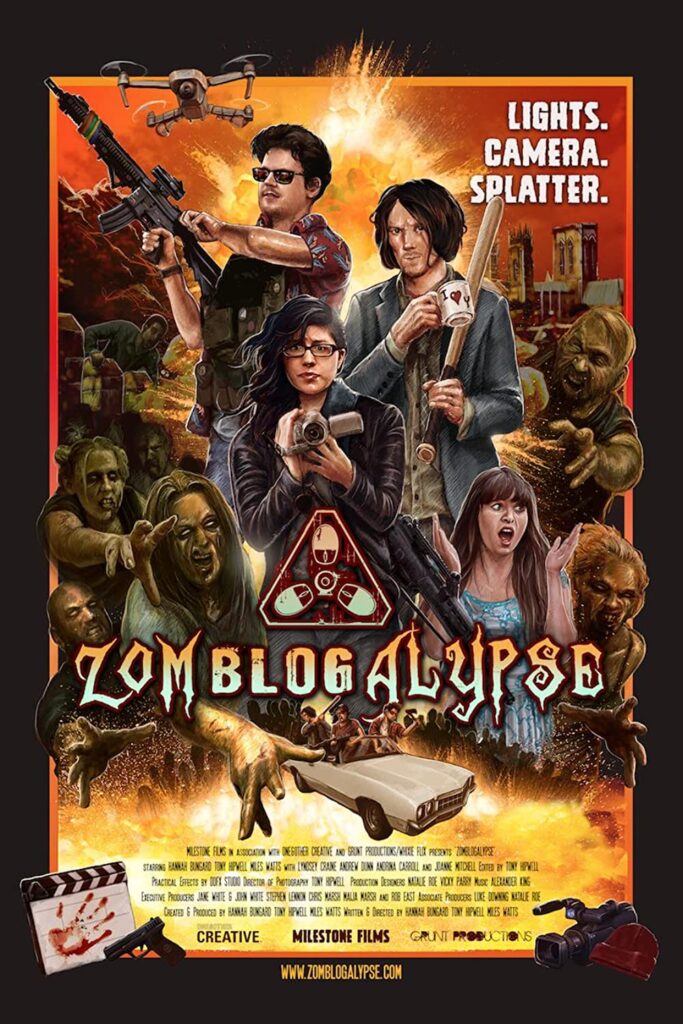
Zomblogalypse unleashes a world of chaos, fun and utter madness throughout, with the neverending laughs and gory effects creating a zombie film to remember. Zomblogalypse is an adaptation of the beloved web series of the same name created by Hannah Bungard, Miles Watts and Tony Hipwell. Pushing the film’s brave bravado into the spotlight is the immense comedic timing emphasized by the grand element of found footage. The entire premise of the film relies upon the banter between the trio as they navigate life post-apocalypse.
Through utilising the intimate vibe that found footage provides, the viewer becomes heavily involved within the story, almost joining the gang on their ridiculously hilarious journeys. There are many quick jokes that don’t even need a ‘song and dance’ to be funny, in fact, one of my favourite moments has to be the casual ‘days without bites’ notice board. But, rather than allowing the film to slip into a trivial parody, elements such as superb gory effects and a deeply original plot allow the film to rise above and become the most refreshing zombie film of the year.
Winner of the Dead Northern Award at this years festival, you can check out our full review here.
6- There’s Someone Inside Your House (Directed by Patrick Brice)
After Makani (Sydney Park) moves from Hawaii to Nebraska it seems that all her troubles have been left behind, that is until a series of brutal murders erupt amongst the graduating class of the small town.

There’s Someone Inside Your House may not have received stellar reviews across the board, which despite my praise of this film is not overly surprising thanks to mass audiences not being fond of the slasher genre revival. Over the course of recent years there have been many stabs at reinvading slasher territory, with the likes of Cold Prey (2006) and Terrifier (2016) all taking aim at reviving nostalgic horror.
However, although acclaim is found amongst these film’s target audiences, there still is a universal lack of general appreciation. Patrick Brice’s adaptation of Stephanie Perkins’ 2017 novel of the same name may have garnered a slightly rocky reputation, but for many (including myself) it hit a sweet spot. From the very first opening scene, it wouldn’t be impossible to guess the standard plot points. That said, the entire film revived this certain feeling that I haven’t felt in years whilst watching a horror. Do you remember when you first got into the genre? When you were watching some grizzly frightfest when you should have been getting ready for school the next day, but instead you’d be hiding behind a cushion and screaming for the unknowing victim to turn around to see Michael Myers or Jason Voorhees standing right behind them? Well, that exact excitement and boldness were recaptured within There’s Someone Inside your house.
If you want to forgo reality for a while and not pay attention to whether the narrative is socially significant, or whether the timings are truthful then this gem is exactly what you’ve been waiting for. Not every film has to be a meaningful journey, sometimes all it takes is a creepy mask and some killer antics.
7- Titane (Directed by Julia Ducournau)
Alexia (Agathe Rousselle) has grown up with a titanium plate fitted into her head after surviving a tragic car accident when she was younger. Years later, she now works as a performer at a motor show, keeping her strange devotion to vehicles close.
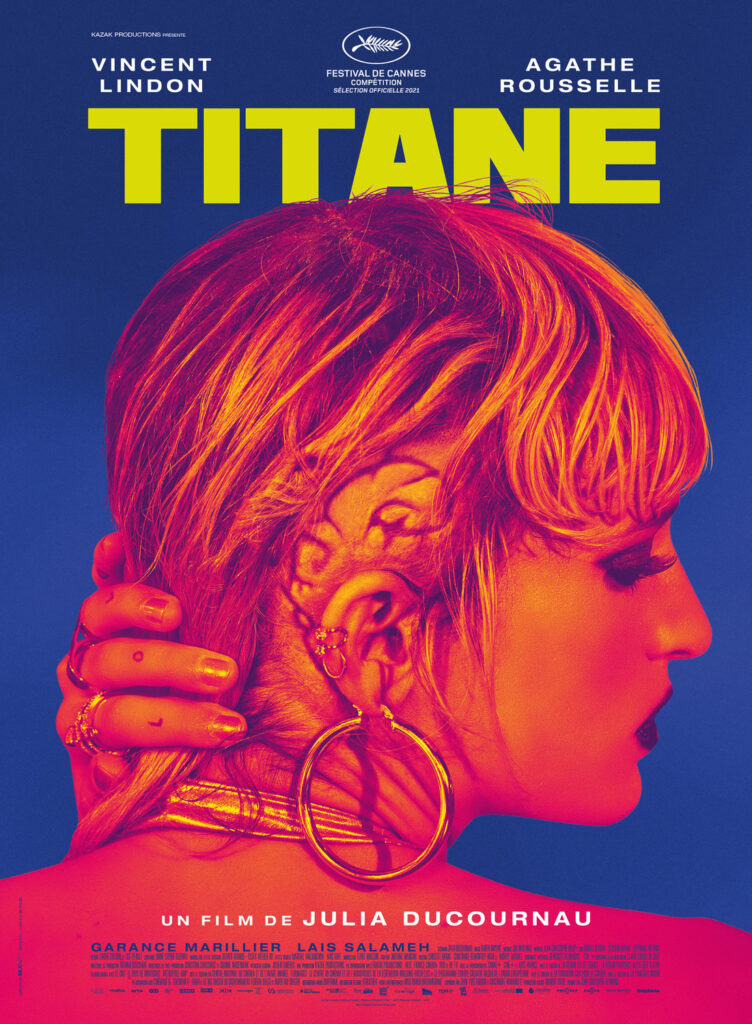
As with Julia Ducournau’s previous feature Raw (2016), Titane blasted through film festivals with ease, earning the Palme d’Or at Cannes 2021. Titane oozes a certain slickness that makes way for the intense titillation, dominating the screen and dictating the audience’s observations. Through this full-throttled antagonism that is paraded, an exploitative form of body horror is closely held, muting any concerns as to whether Ducournau is brave enough to ‘go there’, particularly through the symbolic bond between hardware and the body.
Documenting such controversial topics is not entirely foreign to horror cinema, with David Cronenberg’s Crash (1994) previously exploring those with Symphorophilia (arousal via car crashes). Crash focuses on this similar autoerotic asphyxiation towards vehicles; but do I dare to say that Titane goes above and beyond every ‘mainstream’ film that has explored similar topics. In a valiant way, the film leans into this void of understanding, we could easily pin fetishism to Alexia’s fascination, except her inner delirium runs far deeper than an obsession with something. Ducournau exaggeratedly taps into humanity’s primitive state of needs, forgoing traditional methods in favour of sculpting a mechanical outlook on intimacy and desire.
8- The Columnist (DIrected by Ivo van Aart)
Femke Boot (Katja Herbers) is a writer who is juggling pressure from her publisher to complete her book alongside handling a barrage of anonymous death threats online. Tired of the houndings she decides to take matters into her own hands.

The Columnist exudes a magnetising charm that toys with your expectations and scrambles any form of routine when it comes to tropes. We’re all guilty of it, searching through some pointless comment section to read foolish replies that you fully know will tick you off. We just can’t help it. This animosity that comes with such child’s play was just screaming to be adapted for the big screen; luckily enough this is where The Columnist comes into frame. The film is very much reliant upon Femke’s character to show off the script’s devilishly dark humour and manically graphic kill scenes. And through this intriguing amalgamation of morally tainted actions comes a warming sense of gratitude, we totally end up routing for Femke. Hell’, I even cheered her on at multiple points, but the film doesn’t solely target her incessant revenge plot, instead, we are treated to a couple of interesting subplots to keep the pacing exciting, particularly Femke’s blossoming romance with a fellow writer, and her daughters journey into self-confidence.
The Columnist may from the outskirts seem like another kill-revenge sequence, but it is truly a powerhouse of delightfully savage barbarism.
You can check out our full review here.
9- Violation (Directed by Madeleine Sims-Fewer & Dusty Mancinelli)
Miriam (Madeleine Sims-Fewer) along with her estranged husband Caleb (Obi Abili), visit her younger sister Greta (Anna Maguire) and her partner Dylan (Jesse LaVercombe) for a fun weekend trip. But, when the evening quiets down Dylan assaults Miriam, inspiring her to take revenge.
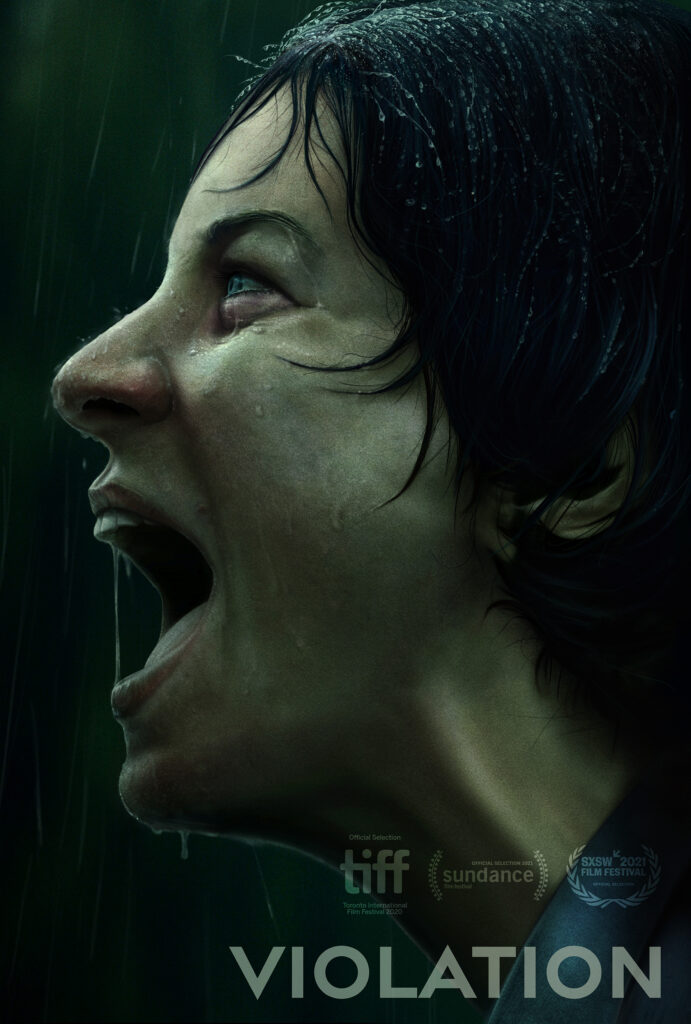
Violation refuses to beg for our attention, nor does it take any pity when it comes to exhibiting the harsh truths that emerge from rape. Miriam confides in her sister, expecting to be met with anger and sorrow towards Dylan’s actions, not Miriam’s. Alternatively, she gets scolded by her own sibling and is quite quickly dismissed as being an attention seeker, igniting a stern fury amongst every viewer. Dylan as to no surprise brushes the incident off and acts stunned that his own sister-in-law would make such an accusation. Violation doesn’t just immediately revolt to an over salacious assault scene, followed by a barrage of cathartic kills. Instead, we are treated with a tortuously slow release where nothing (literally nothing) is shielded from our eyes. Sims-Fewer and Mancinelli understand that this subject matter is not to be miscalculated or fraudulently paraded, it is to be respected with a strong portrayal of accuracy; and it is through this emotionally encompassing evocation that Violation shines.
You can check out our full review here.
10- Last Night in Soho (Directed by Edgar Wright)
Eloise (Thomasin McKenzie) is a wannabe fashion designer who moves to London to achieve her dreams. During her time in the city she finds solace in a place infused with such iconic history, but after she discovers her ability to travel back in time to the 1960s she discovers that everything is not as it seems.
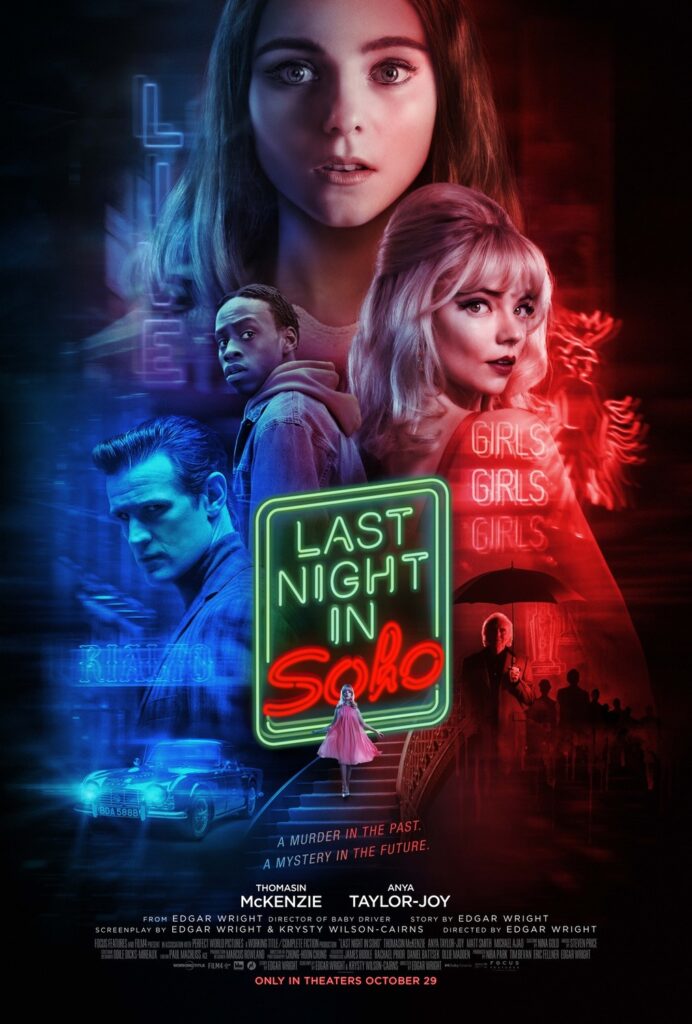
Last Night in Soho thrives through its own chaotic exploration into 1960s media and social culture. Throughout, the film is laden with stylish iconography of the swinging sixties, making you nostalgic for a time that may be totally irrelevant to the viewer’s personal history, but that’s where Edgar Wright yields his charm. We become entirely lost with Eloise in this twisted time scale, not knowing where we are headed next. Naturally, as a result, all of the eerie moments are harshened, exemplifying the fear factor. Accompanying the bold twists and turns is the dazzling aesthetics that are reminiscent of lush giallo films from the 1960s and 1970s. Neon lights douse the film’s daring climaxes with a warming glow, ensuring that the graphic violence has a spotlight the entire time.
You can check out our full review here.


